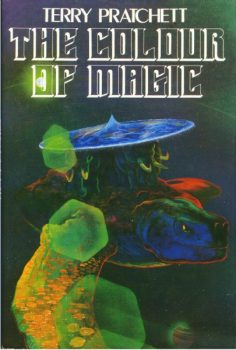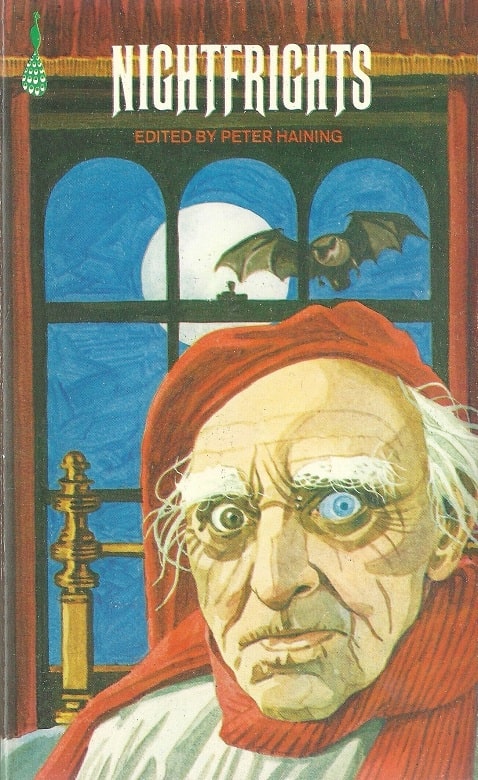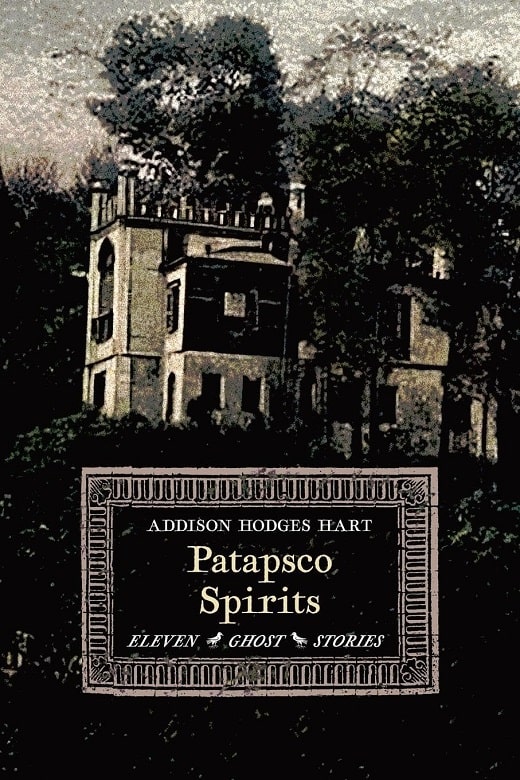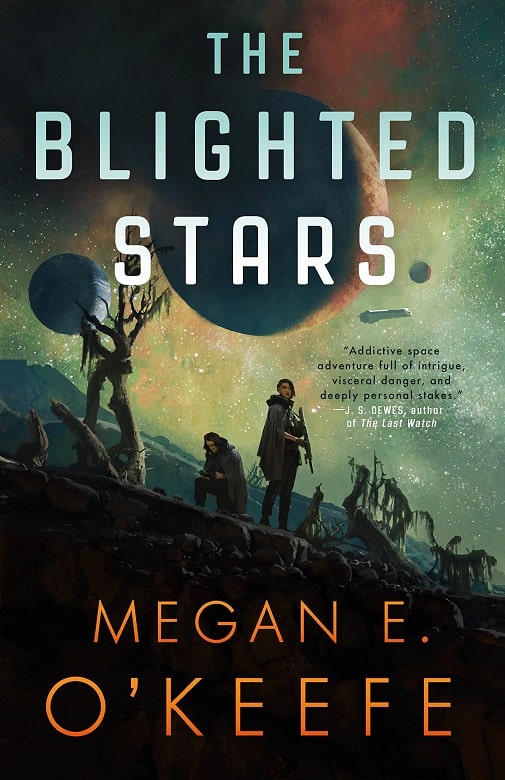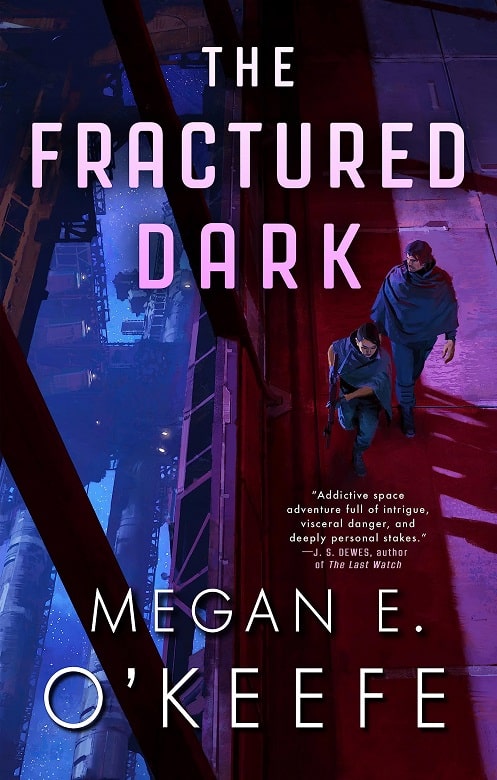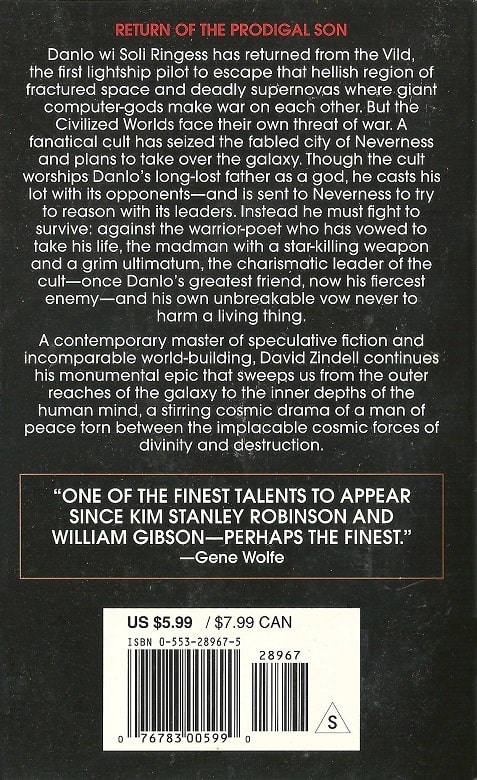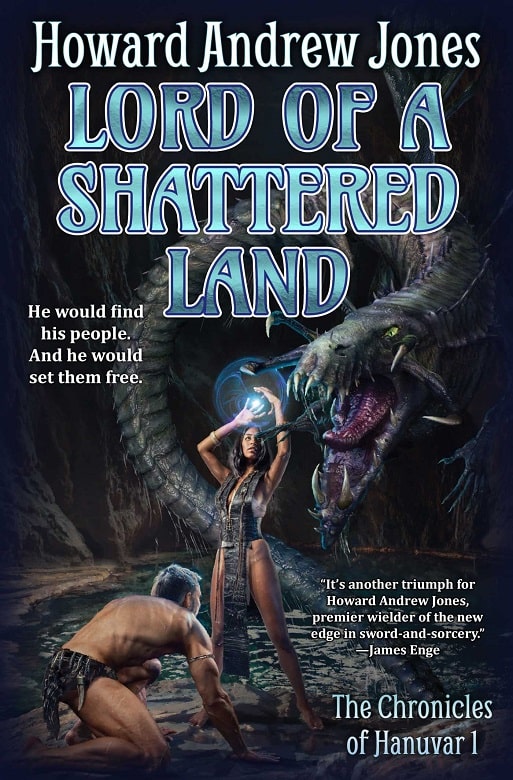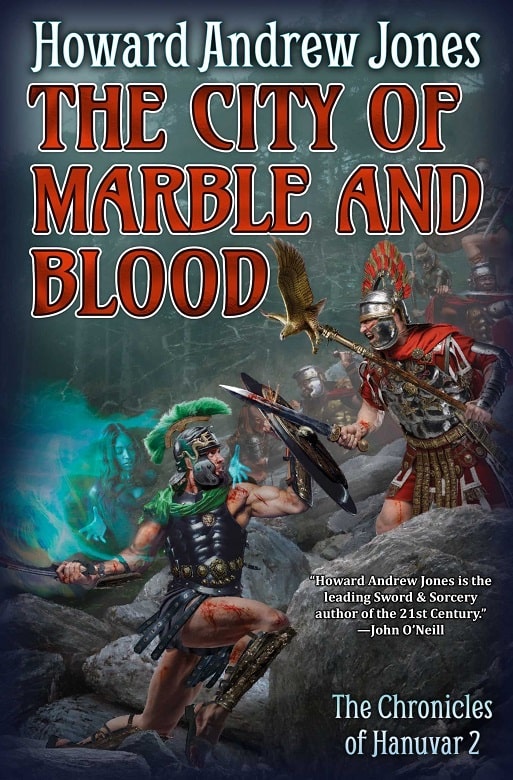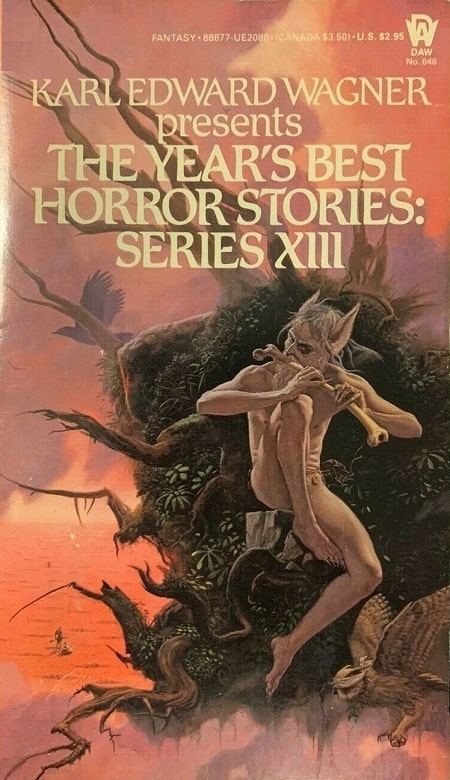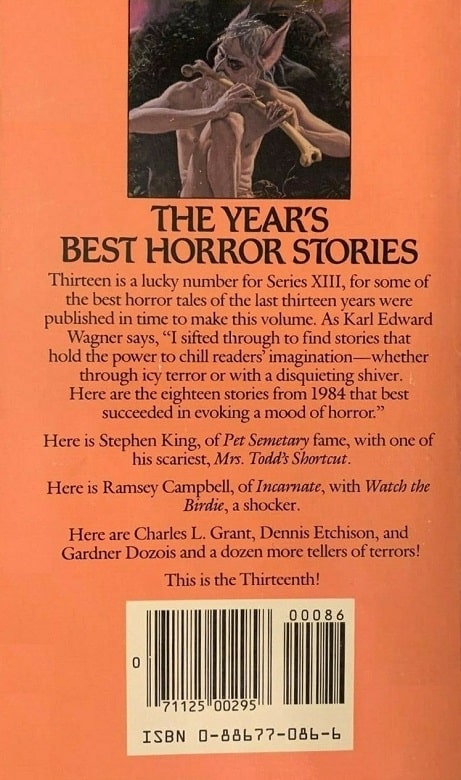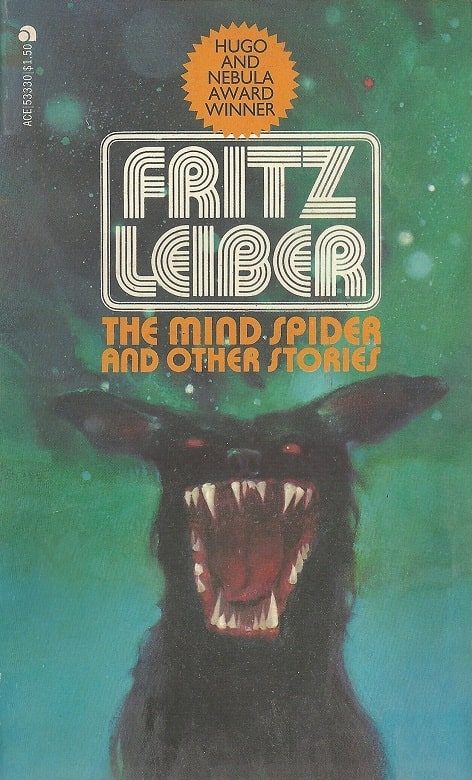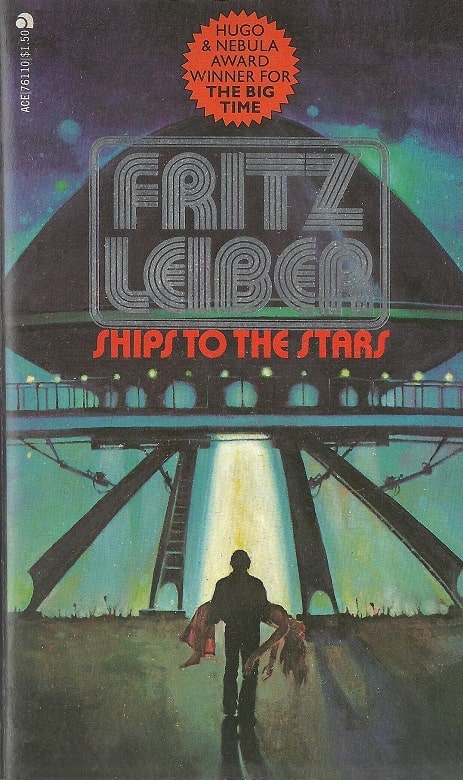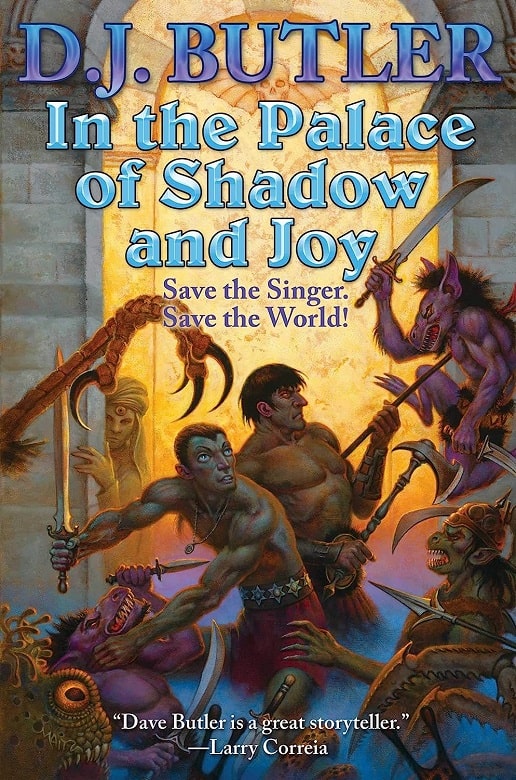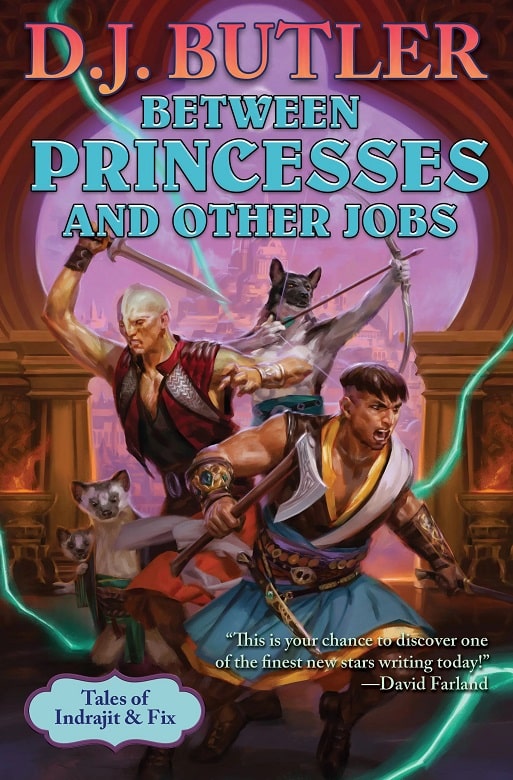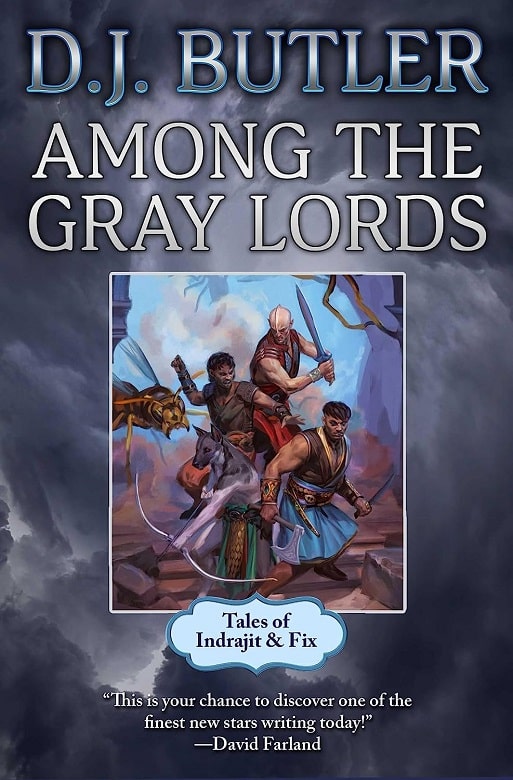Vintage Treasures: Frontier of the Dark by A. Bertram Chandler
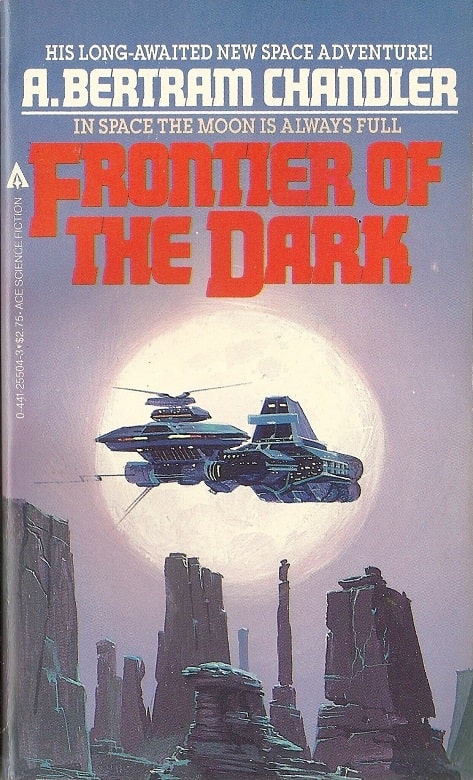 |
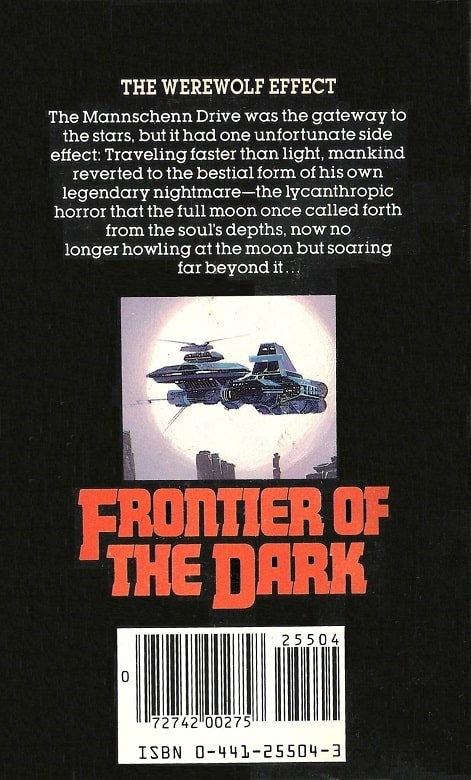 |
Frontier of the Dark (Ace Books, January 1984). Cover by Attila Hejja
A. Bertram Chandler was an enormously prolific science fiction author whom we haven’t covered much at Black Gate. He wrote some 200 short stories and over 40 novels, and is chiefly remembered today for his popular tales of the pioneer Rim Worlds, especially the adventures of John Grimes.
Chandler began his career as a merchant marine officer in the UK, eventually commanding ships in the Australian and New Zealand merchant navies, including the Australian aircraft carrier HMAS Melbourne. He drew heavily from his long career sailing everything from tramp steamers to troop ships to infuse his fiction with a distinctly naval flavor.
His 1984 novel Frontier of the Dark, published the year he died, is a significant departure. A science fiction horror tale featuring werewolves in space, it bears the dedication, “For Harlan Ellison, who made me do it.”
